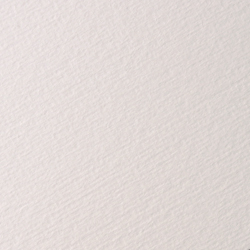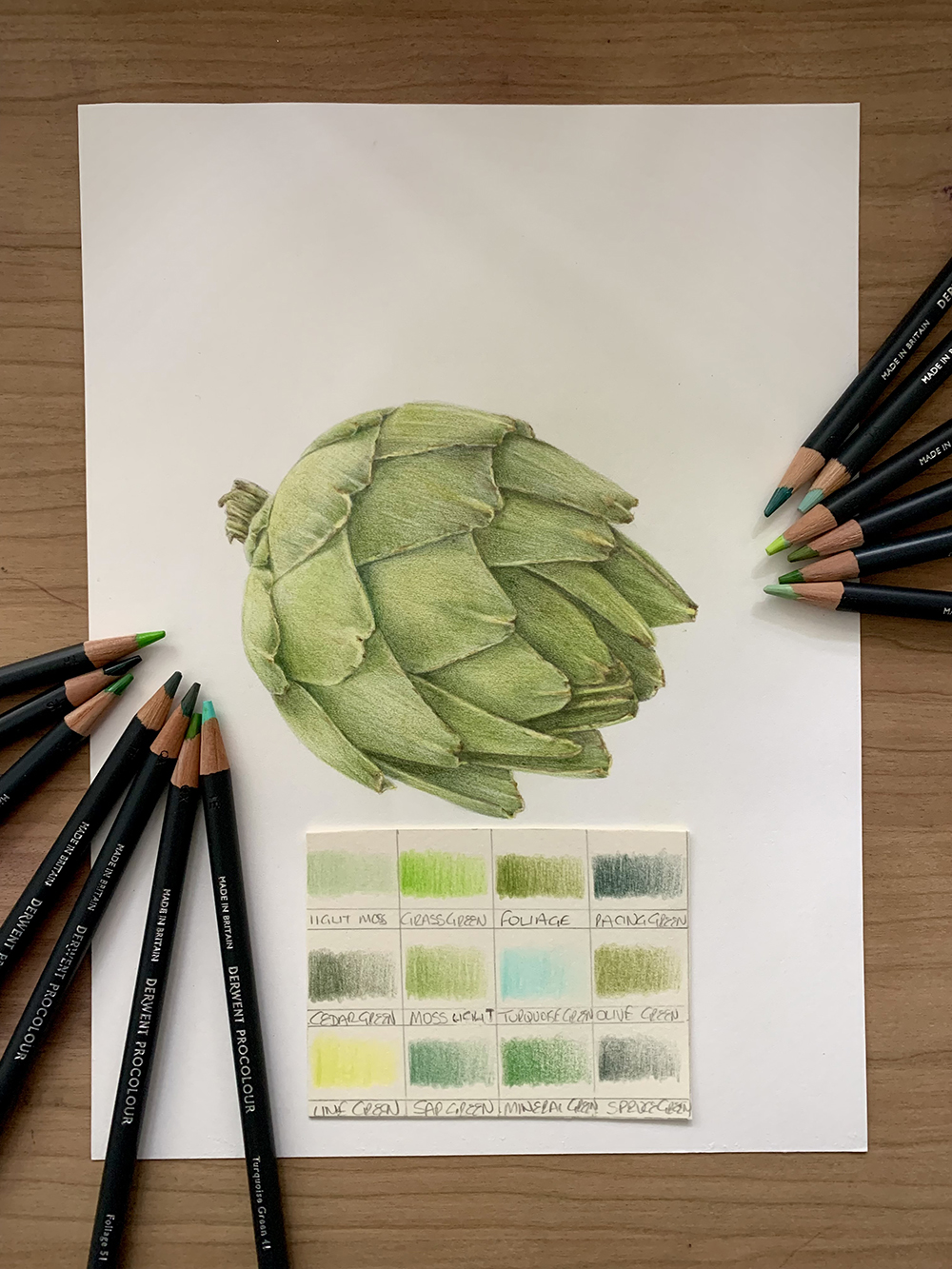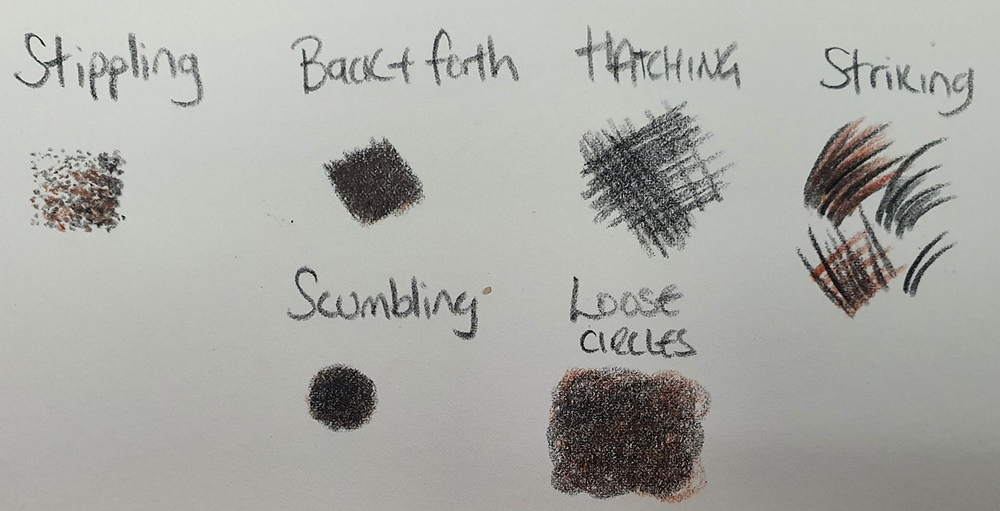How to Choose the Right Watercolour Paper
The quality of your paper is of the greatest importance when it comes to watercolour painting. If you choose the right surface it can greatly enhance the appearance of your artwork. But with so many papers to choose from, how do you pick the right one for you?

As a watercolour artist it is imperative that your chosen watercolour paper possesses certain qualities that will enhance your artwork. Your paper will need to be able to withstand multiple washes, be non-yellowing, sufficient in weight and consistent in its texture. When faced with such a massive amount of choice of papers, choosing just one can become a little overwhelming, especially for beginners. Here we have compiled a source of information for artists looking to learn a little more about watercolour papers to help them select the optimum surface.
Choosing your Watercolour Paper
Surface Types

Perhaps one of the first choices you will encounter when selecting a watercolour paper is choosing a surface type. Generally, watercolour papers are one of three different surface types; Hot Pressed (HP), Cold Pressed (NOT) and Rough.
Hot Pressed watercolour paper
Hot Pressed is the smoothest watercolour paper and is great for artists looking to render their subjects in fine detail. This paper is popular with illustrators and designers as it gives a flat finish good for reproduction.
Cold Pressed watercolour paper
Cold Pressed paper has a medium textured surface favoured by beginners as it is compatible with a variety of techniques and applications.
Rough watercolour paper
Rough, as suggested by the name, is the most textured watercolour paper. The deep pits in the paper are brilliant if you want to get the most out of the granulation of your watercolour paints. This heavily textured paper is well suited to those with a loose watercolour painting style.
> Find out more about Watercolour paper surfaces
Paper weights, materials and manufacturing methods
One choice you have will be the weight of paper you wish to paint on. Paper is usually measured in pounds (lbs) or grams per square metre (gsm). Lightweight papers will be cheaper but will require stretching before use (you can find out more about paper stretching below). Heavyweight papers will stand up well to multiple washes, and they shouldn’t require stretching unless excessive amounts of water are being used. A general rule is that any paper under 200lb/425gsm will require stretching.
You will also have to choose which material you would prefer your paper to be made from. In general, watercolour papers are made from one of two materials; cotton or wood pulp. 100% cotton papers are professional quality, and are considered to offer the very best painting surface. Cotton gives incomparable stability and ensures that you work will stand the test of time. Wood pulp (also known as woodfree) paper is made using a chemically treated pulp with lignin (which gives wood its rigidity) removed. This paper is an inexpensive alternative to cotton paper and is a good choice for amateurs and beginners.
When browsing through our range you may also notice that some papers are described as being ‘mould made‘; this refers to papers made on a Cylinder Mould Machine. Mould made papers are desirable amongst artists as they are known for their heavier weights, impressive watermarks and superior surface stability. Other papers may be machine made; made in one continuous sheet on a wire belt. These types of papers are not as stable as mould made papers and do not have a deckled edge. The texture of machine made paper will also appear more uniform.
> Find out more about watercolour paper types
Paper Formats
Most watercolour papers are available to buy in multiple formats; so whether you want a portable pad for painting on the go or full imperial (30″x22″) paper for large format studio paintings, there will be a size and format suitable for you.

Loose Watercolour Paper Sheets are usually available in Full Imperial sizes in packs of 5 individual sheets. Some papers, such as Botanical Ultra Smooth and Fabriano 5 measure up a little smaller than full imperial, so it is worth double checking the exact size before you buy. A standard Full Imperial sheet will measure 30” x 22” (76cm x 56cm). We can cut paper into both ½ and ¼ imperial if you require a smaller size. Any paper packs cut to ½ imperial will measure 15” x 22” (56cm x 38cm) and will contain 10 sheets per pack. Any paper packs cut to ¼ imperial will measure 11” X 15” (38cm x 28cm) and will contain 20 sheets per pack. You can select which size you would like your paper when you go to add it to your cart on our website.

Watercolour Paper Pads contain multiple sheets of watercolour paper that are bound together, usually with a spiral or a gum strip. Pads offer a great way to keep your watercolour paper portable, so they are ideal for painting on the go. Individual sheets can be torn from gummed and spiral bound pads, so you can easily remove your artwork for framing or storage. Multiple pages can also be worked on at the same time. Watercolour pads are only bound at one end, in either a landscape or portrait format. The photo above shows two pads from the Bockingford range; a gummed Hot Pressed pad to the left and a spiral bound NOT pad to the right. The gummed strip on the HP pad runs along one of the longest sides. On the NOT pad the spiral binds the pad on its shortest side.

Watercolour Paper Blocks are a fantastic choice if you do not have the time or resources to stretch your watercolour paper. Blocks are glued on all four sides which makes the paper less likely to cockle when moderate amounts of water are applied. As these blocks are glued on all sides, the upper sheet of paper will need to be removed should you wish to start a new painting on the sheet underneath. Generally there will be a small gap in the adhesive on one of the longest sides of the block; a knife can be slipped into this gap and run around the edges of the paper to remove the top sheet.

On the first image above you can see that the block is glued on each edge. The middle photo shows the small gap in the glue; this is where you would insert a palette knife or blade to gently remove the top sheet of paper. You can just make out the gaps between each sheet. The last image shows a blade being inserted into the gap to remove the top sheet.
TIP – If using a sharp blade, be very careful to keep it flat so as not to cut into the sheet of paper you are removing, or the sheet below. To totally avoid this from happening use something sharp enough to cut through the glue, but not sharp enough to cut paper eg. a palette knife.
> Find out more about choosing your watercolour paper format
Soaking and Stretching
If you choose to paint on a lightweight watercolour paper it will most likely require stretching before use. If you use a painting technique that uses reasonable amounts of water and your paper is un-stretched then the application of water will cause your paper to expand unevenly and warp. This can be very unsightly in a finished painting, and you will find that your paint settles in the troughs that the cockling creates.

The stretching process involves soaking your paper to expand the fibres, attaching it to a rigid board and allowing it to dry flat to become taut. Begin by soaking your paper in a water bath; the weight of your paper will determine how long you should leave it soaking. For 140lb paper 8 minutes should be sufficient. Remove your paper, drain off any excess water and place the paper on your board. Lightly wet some Brown Gummed Tape and stick the tape along all four edges of your paper. Blot away any surface water with a clean towel and allow to dry flat overnight.
Alternatively you can simplify this process by using our Perfect Paper Stretcher to achieve a perfectly stretched surface each time!
For full stretching instructions click on the underlined link below.
> Click here for some paper stretching hints and tips
Our Watercolour Paper Range
At Ken Bromley Art Supplies we offer a great range of watercolour papers, with surfaces suitable for absolute beginners, seasoned professionals and all artistic abilities in between. Whether you prefer to work with a loose technique or in fine detail, we’re sure to have a paper perfect for you! You can find out a little more about the different papers we stock below.
 | Bockingford Hot Pressed, NOT, Rough 90lb, 140lb, 200lb, 250lb |
 | Saunders Waterford Hot Pressed, NOT, Rough 90lb, 140lb, 200lb, 300lb | Loose Sheets Glued Block Fat Pads Hard Back Book |
 | Saunders Waterford High White Hot Pressed, NOT, Rough 140lb, 200lb, 300lb | Loose Sheets Glued Blocks |
 | Arches Hot Pressed, NOT, Rough 90lb, 140lb, 300lb | Loose Sheets Gummed Pads Glued Blocks 140lb Glued Blocks 300lb Paper Roll |
 | Winsor & Newton Professional Watercolour Paper Hot Pressed, NOT, Rough 140lb, 300lb | Loose Sheets Blocks |
 | Winsor & Newton Watercolour Paper NOT 140lb | Loose Sheets Spiral & Gummed Pads Postcards |
 | Canson Heritage Hot Pressed, NOT, Rough 140lb | Loose Sheets |
 | Millford NOT 140lb | Loose Sheets Glued Blocks |
 | Fabriano 5 NOT 140lb | Loose Sheets |
 | Fabriano Artistico Hot Pressed, NOT, Rough 90lb, 140lb, 300lb | Loose Sheets |
 | Daler Rowney Langton Rough, NOT 140lb | Loose Sheets Spiral & Gummed Pads Glued Blocks |
 | Daler Rowney Langton Prestige NOT, Rough 140lb | Loose Sheets Gummed Pads Glued Blocks |
 | Botanical Ultra Smooth Hot Pressed 140lb | Loose Sheets Fat Pads Gummed Pads |
Still Not Sure What to Choose?
The wide selection of watercolour paper can be daunting and no amount of reading about the paper, looking at it, or even feeling it can beat actually using a piece and testing it for yourself. This is why we have put together our watercolour paper mini starter pack. The pack contains a selection of different brands of watercolour papers, in different surfaces and weights allowing you to try them all before before committing to a whole pack, or pad of a particular paper.

Looking to learn even more about watercolour paper? We have an FAQ and Glossary that feature some of the most common watercolour paper terms and also a selection of the most frequently asked questions about watercolour paper.











Thank you for this article. I am having difficulty learning about watercolour paper sizing. As I understand it so far, Some manufacturers size their paper with starch, some with gelatin, some in the paper solution, and some on the paper surface, and some both. All of these factors have a significant impact on the behaviour of the paper. Can you somehow give us this information to add to your excellent paper descriptions above please?
Thanks for your feedback! We appreciate your insight on watercolour paper sizing. You’re right; our post doesn’t cover that aspect of watercolour paper. We’ll definitely add a section addressing sizing variations among manufacturers and its impact. Stay tuned for the update, and feel free to reach out with any more questions!
Looking for a high quality super smooth paper as I do detailed painting, preferably in glued block form. What would you suggest? Good web site. Thanks.
Hi Dennis. Thanks for your comment! We’re glad you find our website useful. If you’re looking for a high-quality, smooth paper for detailed painting, I recommend Hot Pressed surface texture. For glued block options, I suggest looking at Saunders Waterford and Arches watercolour paper. Arches is known as the best paper available, but Saunders Waterford is also very popular. Both brands offer blocks in a traditional white colour, but Saunders Waterford has a High White version that is slightly more white. It’s not a brilliant white, but it gives your work a more contemporary feel.
If you don’t mind moving away from a block in order to get something really smooth, you could take a look at our Botanical Ultra Smooth Paper. It’s only available in loose sheets and pads, but it is the very smoothest and most white paper that we sell. It also might be worth having a look at our Mini Starter Pack. It contains small sheets of most of the different papers we sell, and is great for artists looking to find their perfect surface.
Feel free to reach out if you have more questions!
Good morning, I love your ultra white Botanical to paint on.Will you be making it in a heavier weights?
Hi Gwen. So happy to hear that you like using Botanical Ultra Smooth paper! Unfortunately I don’t think there are any plans to offer this paper in any additional weights but I can certainly pass your feedback onto our supplier and it could be something they look into in the future.
Canson watercolor paper is excellent. So, I’m a newbie watercolor painter who like to practice on a surface other than Arches. I also make my own hardbound watercolor sketchbooks, so I decided to give this a shot when I noticed it. I’m not typically a fan of Canon XL cameras, but I figured, what the heck, it’s such a good value. It appeals to me greatly. In my sketchbooks, it’s even okay on the backside.
how many full sheets makes a roll of Arches : Aquarelle : Roll : 140lb : 300gsm : 1.13x9m : Rough
Hi Sumedha, an Arches Roll is 44″x360″. A full imperial sheet is 22″x30″ so a roll is equivalent to 24 full imperial sheets of paper.
Tanith Hindley, its a really heplful article to choose the right watercolor paper.
Nice information for water color painting and paper quality .
Could you advise me on a good watercolour paper reasonable price for wet in wet technique 11inches x 15 inches sheets or pads thanks. Marlene.
Hi Marlene. Our most popular economically priced paper is Bockingford – if you are working with a wet in wet technique and don’t wish to stretch your paper then we would advise to use paper that is 200lb or upwards. If you don’t mind stretching then you would be able to get away with using 140lb. Only NOT surface is available in the very highest weights. We do sell Bockingford in 11″ x 15″ sheets, at 20 sheets per pack. They can be found on our website here – https://www.artsupplies.co.uk/item-bockingford-watercolour-paper.htm – and you would need to have them cut to 1/4 imperial to get the size of sheets you require.
Very good blog. I learned a lot from it. Also liked the way that you appraised a number of suppliers. Effectively doing a Which? assessment on them.
No reference to parchment sizing (not the size of the page !)